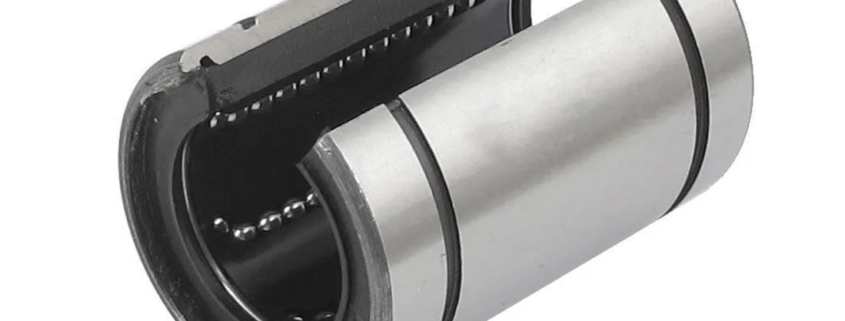Basic knowledge of open bearings
An open bearing is a rolling bearing without a sealed design. Can withstand radial load and axial load. Mainly used in high-speed operation situations, such as gearboxes, instruments, motors, household appliances, internal combustion engines, etc. Open bearing designs usually include an outer ring, an inner ring, a set of steel balls and a set of cages. These components give the open bearing the characteristics of small friction coefficient and high limit speed. In addition, open bearings are available in a variety of sizes and formats, allowing them to be adapted to a variety of applications. In specific use, open bearings are not equipped with seals and are suitable for high-speed operation to ensure their good mechanical properties.
The bearing surface of open bearings has no sealing measures, so it can be in direct contact with the outside world. This design allows the bearings to operate more efficiently and withstand higher temperatures and pressures, but is also at greater risk of wear and dirt attack. Sealed bearings have sealing measures on the bearing surface to prevent dust and impurities from entering the inside of the bearing and ensure the cleanliness and accuracy of the bearing. The operating efficiency of sealed bearings is slightly lower, but their operating environment is cleaner and more stable, and they can also extend the service life of the bearings. In some situations where dust and impurities are strictly required, sealed bearings are the first choice.
There are many kinds of materials for open bearings. Depending on the application, load-bearing capacity and usage requirements, open bearings may be made of different metals, plastics or ceramic materials. The following are some common open bearing materials:
- Steel: It is one of the most commonly used open bearing materials. It has the advantages of high strength, good wear resistance and low cost. Typically, the internal structure of open bearings is made of steel plate or carbon steel, while the outside is protected by an anti-corrosion coating.
- Bronze: Bronze bearings are often used in high-speed operation situations because of their good wear resistance and fatigue resistance. In addition, bronze bearings also have better impact resistance and corrosion resistance.
- Plastic: Plastic bearings are typically used where low loads and long life are required. They are lightweight, corrosion-resistant, low-noise and not easy to get stuck. Commonly used plastic bearing materials include polyacetal, polyamide, and polyimide.
- Ceramic: Ceramic bearings have extremely high hardness and wear resistance, so they are very suitable for applications that require high loads and long service life. Common ceramic materials include silicon nitride, aluminum oxide and silicon carbide.
Open bearings are widely used in agricultural machinery, such as tractors, harvesters, planters, etc. Its key role in agricultural machinery is to improve the reliability and durability of the equipment so that it can still work efficiently in various harsh farm environments.
In addition, open bearings are also widely used in industrial machinery fields, such as machine manufacturing, chemical industry, petrochemical industry, steel industry, etc., as well as aerospace, automobiles, wind power generation and other fields. In these areas, open bearings are often used to load-bear, support and guide the movement of shafts. Open bearings have the characteristics of low friction, high load-bearing capacity and high precision, which can improve the operating efficiency and precision of equipment, thereby improving production efficiency and product quality.



